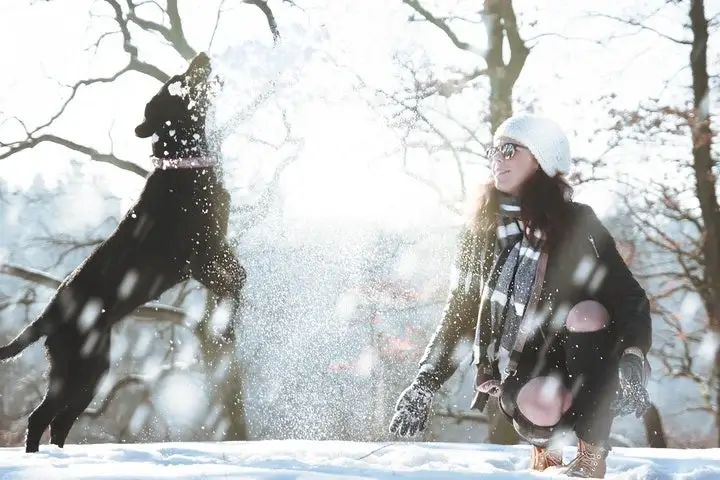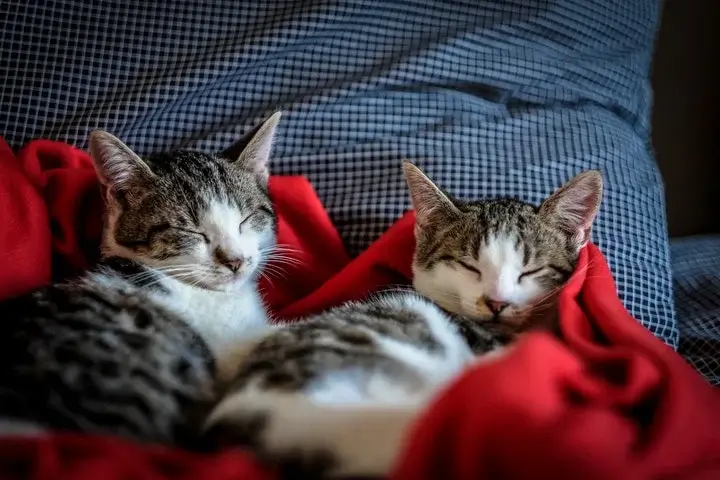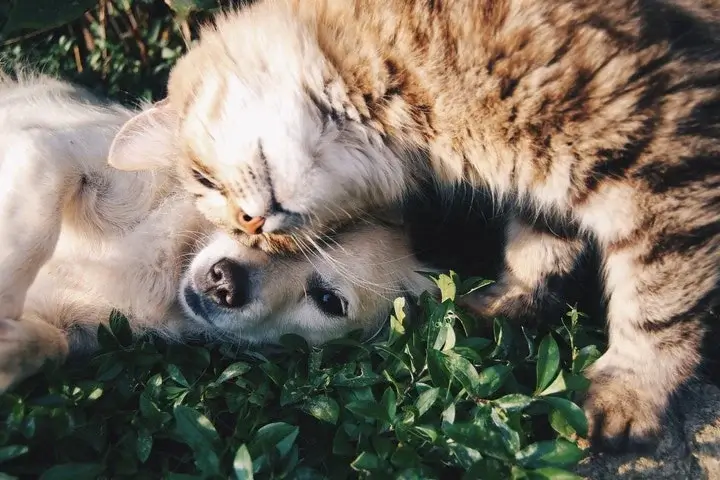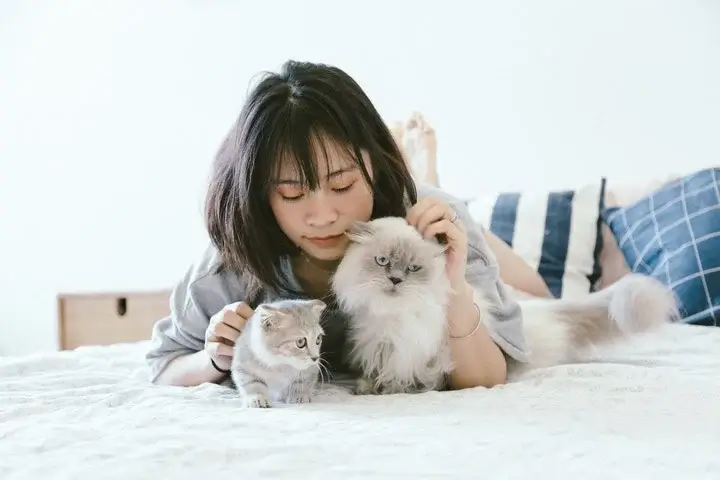Pet photography captures the charm and personality of our beloved pets. While it can be fun, it also comes with challenges, especially when pets are playful, shy, or unpredictable. Everyone wants to take cute pictures of their pets, but their unpredictable nature can make that tricky.
You never want to spoil the pictures of your pet. Not all picture faults can be corrected by taking a remove-background service or photo retouching service. While editing services like background removal or retouching can fix some flaws, it’s best to get the shot right from the start. You have to be practical.
I know you want to have pride in your pet photos. But often we see that people are fed up with their pets, so they cannot take good pictures that they can share on social media.
Pet Photography Tips and Tricks
To get a perfect shot, you have to use different techniques. and tricks. Here in this article, you will get some key ideas that will help you improve your cute pet photos.
01. Be Patient and Gentle

Pets can be sensitive and easily startled. Rushing a photo shoot can make them anxious, and that stress will show in their eyes and body language. Take time to let your pet feel comfortable around the camera. Stay calm and relaxed yourself; pets often mirror your emotions. When both you and your pet are at ease, you’ll get more natural, expressive shots.
So, start by being relaxed yourself—then help your pet feel at ease in front of the camera. Moreover, they have to behave normally with you. Avoid making them anxious. It’s essential to stay calm and help them feel relaxed so you can capture their best expressions.
02. Keep Your Focus on The Eye

Not only the human eyes but also the animal eyes tell a long story when they look at you. Sometimes you cannot ignore that. The eyes are the most expressive part of a creature’s face. So, when you need to make truly captivating representations of pet photos, focus on the eyes and outward appearances.
A well-shot puppy photo can have their gaze directly at the camera quicker than you can say “woof”. If you keep eye contact, they will also respond to it. As a result, the photo will look just as you wanted.
03. Get the Clutter Clean

Before you even take your camera to shoot, investigate your shooting area. Remove all clutter or distracting items from the scene first. Would you truly like to see that Starbucks cup on the coffee table while shooting photographs of your cat?
No, you don’t. So, get the place clean. If any component in your subject’s background doesn’t serve to improve your pictures somehow or another, either remove it first or move to an alternate area.
A cleaned-up condition creates all the more stylishly satisfying pictures. And diminishes post-preparing work. No one needs to see photographs of your doggy with a flooded trash bin out of sight. If you mistakenly shoot photos with something unwanted in the background, you can have a background removal service.
04. Stay Flexible | Pet Photography Ideas

If you have ever seen a pet photographer taking pictures in real life, you will see that they curve and wind and turn and hunker and creep. They do not leave any stone unturned to make their photos look good. Whatever it takes to get the best photos, they will do it.
Be prepared to get your muscles working to get the ideal piece. Once in a while, everything necessary for a pet to break their sit-stay is for you to go from sitting to standing, and it’s smarter to reach and lean than make a huge movement that will make the pet move from their ideal posture.
05. Shoot in the Light | Natural Light Pet Photography

You may think that you will shoot indoors, and if the color doesn’t look well, you will take a color correction service to improve it. But let me tell you, the natural light is not replaceable. The natural light will make your photos look real.
A good amount of light is everything in photography. Particularly in pet photography, where it’s essential to have the option to see the catchlights in the pet’s eyes. Abstain from shooting in dull rooms or on intensely cloudy days.
Brilliant yet diffused light is the most straightforward to make complementing pet pictures under, so before you even begin giving, investigate your subject’s condition and figure out where the best, yet diffused light is; at that point move to that area.
06. Pay The Animal | How to Photograph Pets at Home

You must have heard the proverb that there is no free lunch. Even for animals, there should be a payment system in place. Every pet needs some form of motivation to stay focused during a shoot; otherwise, they will stray and become uninvolved.
Figure out what they are spurred by (for example, their ‘installment’) and give it to them throughout your shoot. For dogs, it might be food treats or toys. Otherwise, essentially gets adoration and warmth.
For cats, it might be a feather toy, a paper sack, fish, catnip, or even their preferred cover. For ponies, it might be their preferred food, for example, carrots or apples.
However, the greatest ‘stunt’ in pet photography is to trick the creature into imagining that they are settling on the choices, when it’s truly you that is inspiring them to do what you need, without letting them know so through and through.
07. Create a Concept | Pet Photoshoot Tips

Not just for wedding photography, make a shot list for pet photography. You must first build a concept in your mind, then go for a shoot. The most captivating creature symbolism shows them in the setting. The setting may differ according to the animal type.
It might be a cat gazing toward the owner unboxing food in the kitchen, a dog looking longingly through a front entryway trusting that their friend will get back home, or a horse owner with his/her arms folded over his or her horse’s neck.
If you can tell a story with your pictures, they will share that story with your viewers more profoundly and enthusiastically.
08. Stay Calm and Quiet

There is no speedier method to befuddle a canine or freak out a feline than to bark orders at them more than once. Felines will separate or even leave the room, and canines will get confounded and concerned.
Try communicating with pets the way they communicate—with calm, non-verbal cues. Use hand signals or gently point to guide them where you want. Utilize the sit-hand signal for canines that get it.
On the off chance that you do need to state ‘sit’, say it unobtrusively and tranquility, just a single time or twice. Abstain from saying the pet’s name, because the more occasions they hear it during a photo shoot, the more likely they are to block out.
Finishing Touch on Pet Photography
With the right approach, patience, and a little creativity, you can capture heartwarming photos that reflect your pet’s true spirit. And if you need that final polish, Clipping World is here to enhance your photos with expert retouching, background removal, and color correction.
Happy snapping, pet lovers!

